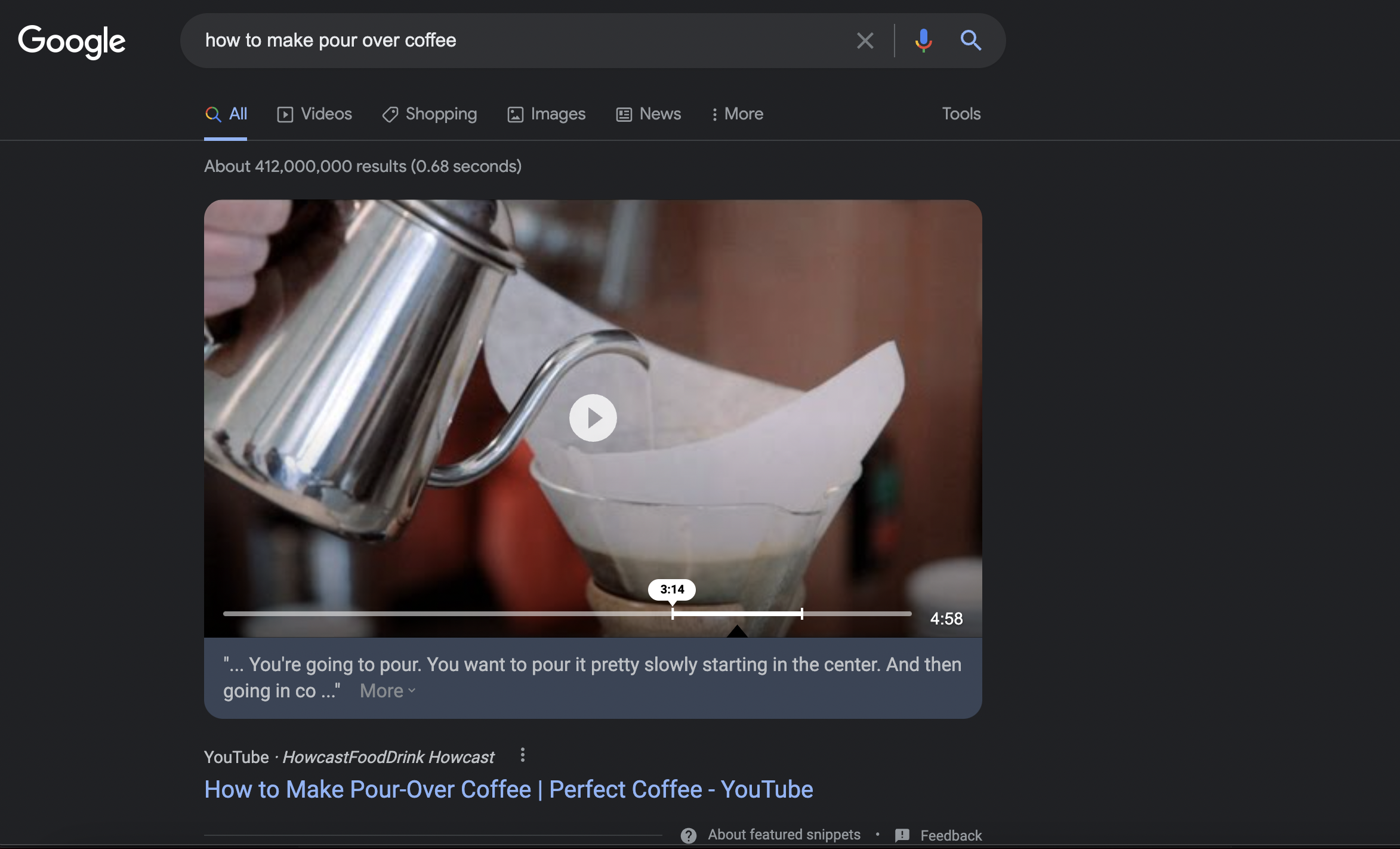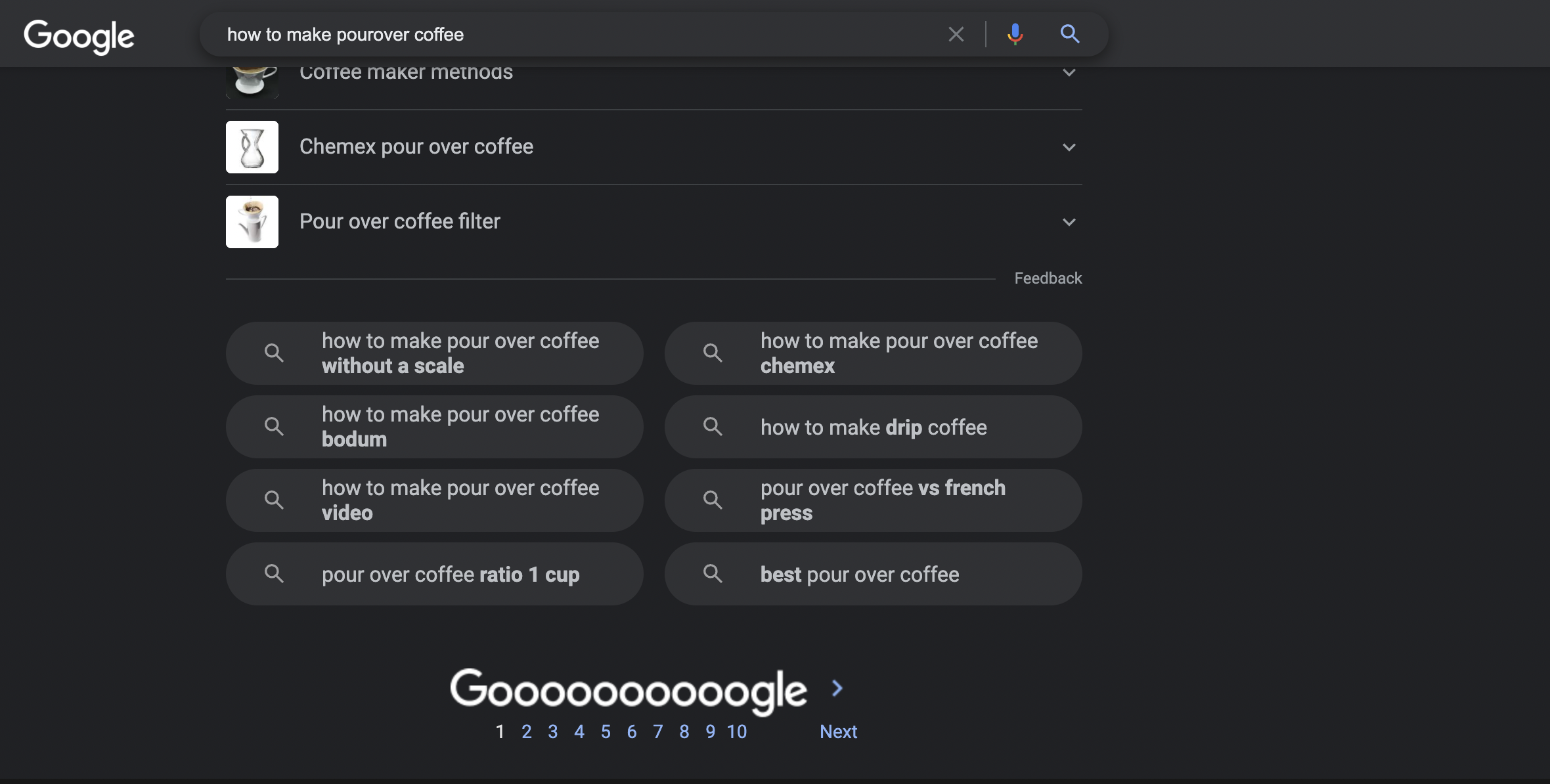One of the (very) few predictable things that happened in 2021 was that Google continued to make updates to its search engine. Not surprisingly, many of the trends we are seeing for 2022 revolve around, or at least started with, what Google had up its sleeve.
Social Media Today’s handy infographic shows the biggest updates of the past year to help you understand the biggest changes SEO underwent in 2021. While a few of the updates help prevent spamming or reduce ranking from link stuffing, other updates mean you’ll want to shift how you approach your SEO strategy. By understanding the trends we are seeing in SEO, which are not surprisingly largely based around the updates, you can do your due diligence in ensuring your potential customers can easily find your content.
Here are the top five trends to consider when crafting your SEO strategy for a high-ranking 2022:
Trend 1: Optimizing for Page Experience
Marketers have been asking for more visibility into page rankings, and the new Page Experience score is the answer. Google now gives more weight to page experience factors in their ranking than before. However, Google stated that great content is still the top consideration.
A page with great page experience but poor content will not rank higher than a site with the best content but lesser page experience.
Core Web Vitals is the cornerstone of this feature and measures loading performance, interactivity, and visual stability. Any errors on your page, such as mobility or security errors, reduce your score, as does not using HTTPS. Using ad techniques that interrupt the user experience also reduce your score.
Put the trend into action: In Google Search Console, review your Page Experience score for each webpage on your site. Note areas of improvement and create a plan to increase your score in those metrics. If you haven’t yet secured your website with HTTPS, put that at the top of your list — Google now uses that as a tiebreaker between two pages that are equal in other SEO considerations.
Slow load time is a common issue with the Page Experience score, and many marketers focus on elements on the page itself to improve the time. However, Search Engine Journal suggests focusing on improving the server performance so the server delivers a static page instead of rebuilding each time it’s called.
Trend 2: Optimizing for a Range of Content
Traditionally, marketers think of webpages and other text-based content when creating SEO strategy. However, other types of content — such as videos, images, and graphs — often give the best answer for a search query — and Google has taken note. For example, in your own search results, you’ll find more and more Google serving up videos to best match how-to queries — or images to best match object-identification queries.
Put the trend into action: As you focus on search intent in your content creation, consider whether text is the best medium to answer a given question. When you identify areas that are not answered best by current content, look for opportunities to create new content in other formats that better satisfies the intent. Review all of your current content that you may not be currently optimizing, and begin incorporating it into your SEO strategy.
For example, if you have a video from an event that answers a common question, add the video to your company’s YouTube channel and use keywords related to the intent in your video title and in its description. And to be sure all your SEO bases are covered, upload text-based transcriptions of your video content to your blog.
Trend 3: Increased Focus on Mobile Usability
While making web pages mobile friendly for search purposes is not a new concept, Google took it to a new level in March 2021 by adopting its Mobile-First Indexing for every website, not just new ones. Instead of the mobile version being a consideration in ranking, the algorithm is now mobile first, which means that Google primarily uses the mobile version when determining page rank. Websites that have neglected their mobile version or include less content for mobile are no longer going to simply be penalized in ranking, but may not rank at all.
Put the trend into action: Create a development process for new pages that designs the mobile pages first, and then adapt the desktop version to mirror the way Google evaluates pages. Then review all of your current pages for mobile friendliness and make updates as quickly as possible.
In the realm of e-commerce, Retail Dive recommends adding filters to mobile searches, using predictive autofill, and regularly testing your own search results. Because page speed is even more important on mobile, Convince & Convert suggests focusing on improving speed through a variety of strategies, such as reducing redirects and removing render-blocking JavaScript.
Trend 4: More Site Visitors Using Voice Search
More of your website visitors are using voice search on home voice assistants, such as Amazon Alexa or Google Home, or using the voice assistant on their mobile phone to search for information. In fact, according FindStack, 71% of consumers now prefer searching by voice instead of typing.
And remember: people search differently when using voice vs. text. For example, you might ask a voice assistant “Where is the next summer Olympics?” But you’re more likely to type “summer 2024 Olympics location.” Additionally, a given voice-search responder only reads the snippet answer (when available) as the result for the search.
Put the trend into action: When determining keywords for your pages, identify keywords for both text search and voice search to make sure you are helping drive both types of searches to your page. While you likely already try be featured in Google snippets, increased voice search makes that goal even more important — and you should proactively identify featured snippet opportunities. You can improve your chances at being selected as the featured snippet by answering “why”, “do,” or “can” questions in your content, using structured data, using heading tags, and writing concisely.
Trend 5: Prioritizing Search Intent
While Google and SEO experts have been focusing on search intent in recent years, marketers need to keep this top of mind as they move into 2022. Changes in the algorithm over the past few years have increasingly given preference to pages that answer the intent, but marketers have been a bit slow to fully commit to this direction. It’s easier to focus on keywords, because intent is harder to grasp and optimize for. But marketers who fully optimize their SEO strategy and keywords for search intent will continue to be rewarded with higher ranking SEO.
Put the trend into action: When determining keywords, ask yourself if the attached content will satisfy what the person is looking for. If not, either remove the keyword or rework the content so it will give the searcher the information they’re looking for.
Pro tip from studioID: Over the last year, we’ve seen our long-form articles (700+ words) perform best in organic search. These articles are often the most thorough, and in turn, the most helpful in meeting our audience’s search intent. In your detailed articles, seek to answer a number of inter-related search intents, flowing from introductory (What is [X keyword]?) and into complexity (Why [X keyword] now?), ([X keyword] vs. [X keyword]). You can find inter-related search intents and commonly asked questions to answer for a given query in tools like SEMRush, or at the base of Google’s SERP:
As a content marketer, you’re constantly juggling the often-conflicting demands of the needs of your site visitors and the demands of search engine algorithms – and that isn’t likely to change in 2022. Because your site visitors are now searching for information in new ways, your SEO strategy must keep your audience and their intentions as the cornerstone, instead of solely letting Google updates steer the ship. By starting with an understanding of the most critical trends and then learning how these affect your specific target customer, you can continue to get your content in front of site visitors, delight them by serving up helpful content geared toward their intent, and turn them into new customers in time.
![]()




